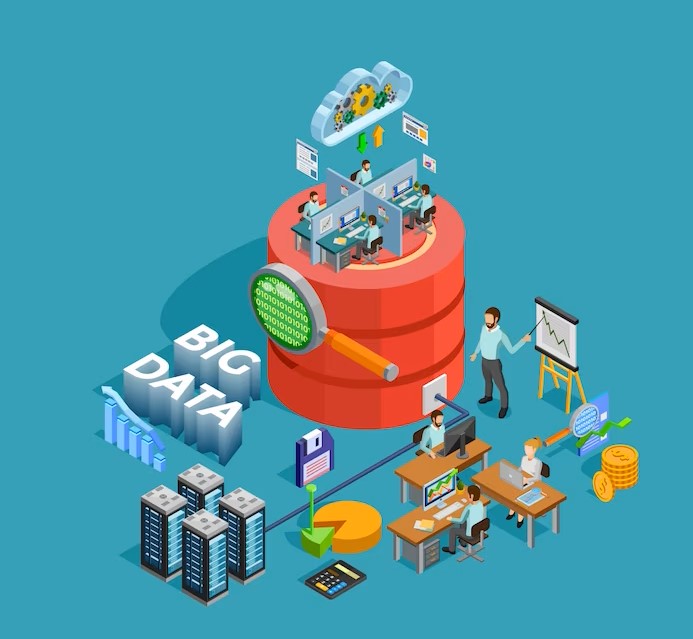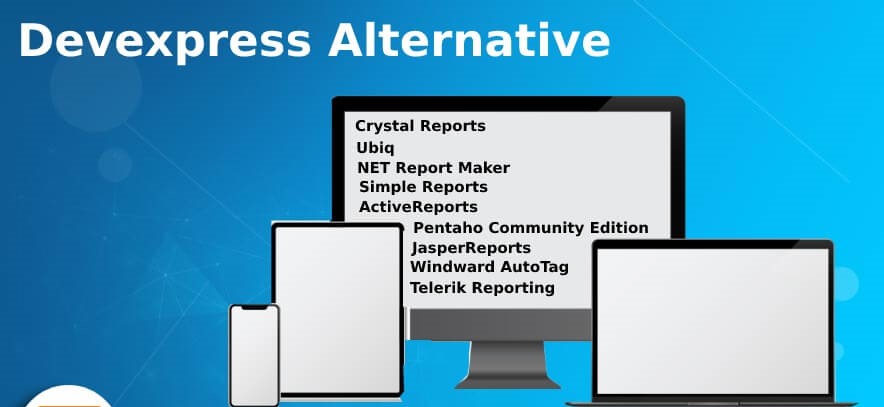Java vs.Python: When it comes to data science, Java and Python are two titans that are often pitted against each other. While Java has been around for decades, Python has gained popularity for its simplicity and readability. Both are powerful programming languages, but which one is better for data science? In this article, we will take a closer look at Java and Python and see which one comes out on top.
Round 1: Ease of Learning and Code Flexibility
Python takes the cake when it comes to ease of learning and code flexibility. It has a simple syntax and is easy to read, making it perfect for beginners. Python also has a wide range of built-in functions and libraries that make it easy to perform complex tasks. On the other hand, Java is more complex and has a steeper learning curve. It is a strongly-typed language, meaning that you must declare the type of data you are working with, which can be time-consuming.
Round 2: Community Support and Popularity
Python has a massive community of developers who contribute to the language and its libraries. This means that there are countless resources available for learning and troubleshooting. Python is also incredibly popular in the data science community, with many libraries and tools designed specifically for data analysis. Java, while still popular, does not have as large of a community focused on data science.
Round 3: Performance and Execution Speed
When it comes to performance and execution speed, Java is the clear winner. It is a compiled language, which means that the code is converted into machine code before execution. This makes it faster than interpreted languages like Python. However, this speed comes at a cost – Java is more memory-intensive than Python.
Round 4: Libraries and Tools for Data Science
Python has a vast selection of libraries and tools for data science, including Numpy, Pandas, and Scikit-learn. These libraries make it easy to perform complex data analysis tasks, such as machine learning and data visualization. Java also has libraries for data science, but they are not as well-developed as those in Python.
Final Verdict: Which One is the Best for Data Science?
Both Java and Python have their strengths and weaknesses when it comes to data science. Python is the clear winner when it comes to ease of learning, code flexibility, and community support. On the other hand, Java has a clear advantage when it comes to performance and execution speed. Ultimately, the choice between Java and Python comes down to personal preference and the specific requirements of your project.
When it comes to data science, Python has gained more popularity over Java due to its simplicity, availability of numerous libraries, and support for machine learning and artificial intelligence tasks. Python’s interactive shell and Jupyter notebook offer a convenient way to experiment with data and create visualizations. Python’s libraries such as Pandas make data manipulation easy and efficient. Additionally, Python has better support for deep learning frameworks like TensorFlow and PyTorch.
However, Java remains a popular choice for data science tasks, particularly in industries such as finance and insurance, where security and stability are critical. Java is also preferred for building web applications and data-driven software solutions that require high performance and scalability.
AngularJS or React: Pick Your Perfect Project Partner!
Conclusion: Why You Should Learn Both
While both Java and Python have their strengths and weaknesses, they are both valuable languages to learn for data science. Learning Python will give you a strong foundation in data analysis and machine learning, while learning Java will give you a deeper understanding of programming concepts and how they relate to data science. By learning both languages, you will be better prepared to tackle complex data science projects.
Boost Your SEO by Implementing Lazy Loading in Angular with Webpack and NgRx
Boost Your SEO by Implementing Lazy Loading in Angular with Webpack and NgRx
Common Mistakes to Steer Clear of When Implementing Lazy Loading in Angular with Webpack and NgRx
Common Mistakes to Steer Clear of When Implementing Lazy Loading in Angular with Webpack and NgRx
A Step-By-Step Guide to Lazy Loading Angular Modules with Webpack and NgRx
A Step-By-Step Guide to Lazy Loading Angular Modules with Webpack and NgRx
AngularJS or React: Pick Your Perfect Project Partner!🎆
The Best Ruby Programming Language Alternatives
Building Scalable Web Applications with the Spring Framework
Building Scalable Web Applications with the Spring Framework
Exploring DevExpress Alternatives: Discovering Options Beyond DevExpress
Exploring DevExpress Alternatives: Discovering Options Beyond DevExpress












